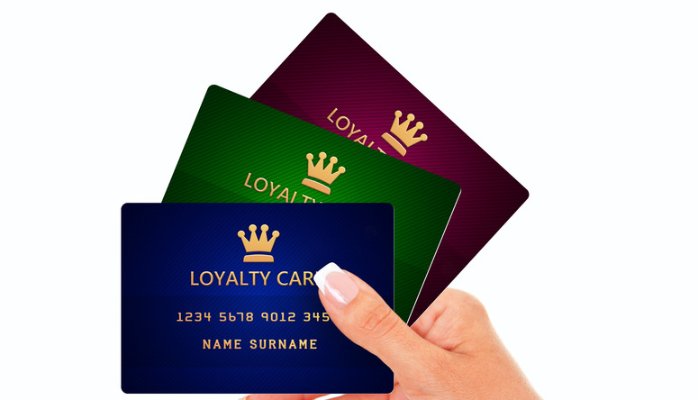
It seems these days that every retailer has a Loyalty Program. Whether it’s the coffee card at the local café, the discount card at the apparel store in the Mall, or the large multi tenanted scheme anchored by your favourite Supermarket chain, loyalty programs are ubiquitous. Yet many retailers question the value they get from their loyalty scheme, and wonder why “it doesn’t work”.
The first problem is that retailers are not always clear why they have a loyalty scheme, and what they expect to get from it. Loyalty programs can work in different ways, and it is important for a retailer to be clear about their objective.
- Retaining Customers. This loyalty scheme is genuinely about rewarding the customer who regularly visits, and hence encourages them to stay. The coffee card is a typical example of such a scheme. Since the card is not registered, it provides the retailer no information about the customer. What it says is, keep buying your coffee from me and I’ll give you a free one as a reward. Most people are creatures of habit, and will tend to frequent the same one or two cafes each day. The coffee card reinforces that behaviour.
- Attracting Customers. In this scenario, the retailer hopes to leverage off an existing base of customers from other retailers, and attract those customers into their own store. This is the theory behind joining a multi-tenanted loyalty scheme, such as FlyBuys in Australia or Nectar in the UK. The theory is the customer wants to maximise their points in the scheme, and selects their shops accordingly. Linking your loyalty scheme to other large reward programs such as an Airline program has the same effect.
- Knowing Customers. For some retailers the objective is to identify who their customers are, learn the customer’s needs, want and habits, and then target them with offers specific to that customer. This is the typical scenario in an apparel store. Often the customer will not even know the balance of their “points” in such stores, and will be occasionally surprised at point of purchase to learn they have earned a discount. The key for the retailer is to register the customer’s contact details, and to tag each transaction with the relevant customer’s identity.
If a retailer is unclear about their objectives, then they risk selecting the wrong type of program. Before committing to any loyalty scheme, the retailer should ensure they understand their objectives and select or design their program accordingly.
The second problem occurs when retailers do not drive the required participation in their program. Every sales associates needs to be asking the customer if they are a member of the loyalty scheme during every single transaction. This both drives the opportunity to sign up additional customers who are not on the program, as well as prompting existing members to identify themselves. Similarly, the retailer needs to make it easy for the customer to provide that identity. For example, if the retailer insists on the customer presenting a card, then the retailer is now competing for space in the customer’s very crowded wallet. Allowing quick lookup of the customer at POS and providing additional options such as smartphone based solutions will immediately raise the participation rate.
Thirdly, many retailers discourage customers by lack of transparency on how rewards work and what the customer’s ‘balance’ is. Without the constant encouragement of messages such as “10 more points and you get your next reward”, the customer has no incentive to spend that extra, or even to bother using the loyalty program.
I shop occasionally at a nearby electronics store. On one visit, I noticed they had a loyalty program and inquired about it. They had never previously asked me to sign up. On sign up, I was told that points would apply “from my next transaction” – ie not for the current transaction. On a subsequent visit, I attempted to use the program, but as I didn’t have my card with me, they were unable to associate my transaction with my loyalty account. I have never been clear what rewards, if any, I get from being a member. I no longer even try to use that program (and I frequently take my business to their competitors, both on-line and bricks’n’mortar). I’m sure that management of that retailer bemoan the expense of their program and wonder why it doesn’t work.
If you want to have a successful loyalty program, you need to
- Design the program with your objectives in mind
- Ensure all your store team are constantly pushing the program with every transaction
- Ensure the program is easy for your customers to participate in, and to understand.
If loyalty programs didn’t work, retailers wouldn’t persist with them. Follow the above rules, and your loyalty program will provide the benefits for which it is designed.
Read the original post at Linkedin.com
